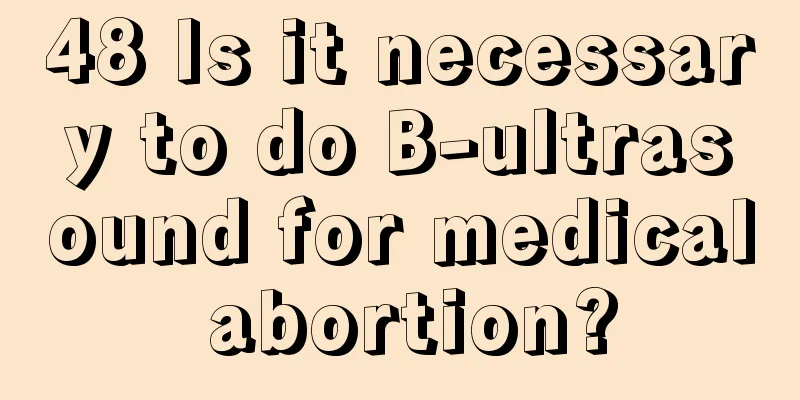How to prevent uterine prolapse after childbirth

|
Pregnancy can cause a woman's body to change and her physical condition to alter. Body shape change is the most obvious and biggest change, so regaining your figure after childbirth is a huge project. There are many changes in the mother's body after giving birth. Uterine prolapse is also a symptom that mothers may experience after giving birth. Now let’s take a look at how to prevent uterine prolapse after giving birth and the symptoms of uterine prolapse. Symptom 1: Women will have more and more vaginal discharge, which will be yellow pus-like and bloody. This is one of the most obvious symptoms. Symptom 2: It can easily cause urinary urgency, frequent urination, and pain when urinating. Especially when you laugh happily, walk, sneeze, cough, etc., you have no control over urine and urine will overflow from the urethra involuntarily. The vulva can also be infected and cause inflammation, and patients have to squeeze hard to urinate. Symptom three: Abdominal bloating, bloody stools, and difficulty in defecation. Symptom 4: Frequent back pain, fear of cold, and a feeling of heaviness in the lower abdomen, vagina, and vulva. The symptoms worsen when standing for a long time, walking or working, and can be alleviated or even disappear when lying down. It is necessary to ensure labor protection during menstruation, pregnancy, postpartum period and lactation, and avoid participating in heavy physical labor. Especially after childbirth, there should be at least 42 days of rest time, preferably 60 days. Do not participate in heavy physical labor or squatting to work too early to avoid increased abdominal pressure, otherwise uterine prolapse is likely to occur. After delivery, you should eat some vegetables, keep your bowel movements regular, and avoid excessive abdominal pressure which may cause uterine prolapse. Secondly, do more anal contraction exercises to prevent uterine prolapse. 1. The diet of postpartum women should be light and they should eat less spicy, sour, cold or hot foods. 2. The mother's diet should be balanced, with proper combination of nutrients, and she should not be picky about food. The above symptoms are all clinical manifestations of uterine prolapse. If a mother experiences any of the above symptoms after delivery, it is likely that she has uterine prolapse. It is recommended that you go to the hospital for examination in time. In daily life, you can adjust your diet according to the methods compiled above by the editor to reduce the occurrence of uterine prolapse. |
<<: Causes of lower abdominal pain after childbirth
>>: Can you get pregnant if you have sex after your period?
Recommend
Four steps of night skin care to give you fair and tender skin
Skin care is a daily must for women. After a day ...
When to drink rice wine to enlarge breasts
Rice wine is a type of wine made from glutinous r...
Treatment of seborrheic alopecia in women
With the development of society, hair loss is bec...
What to do if your nipples are peeling and itchy
Breasts are a very important part of women, and n...
Why do I not have chest pain before my period?
Menstruation is a very normal physiological behav...
Menstruation delayed for 12 days and no pregnancy test
If the menstruation is delayed for 12 days and th...
Why do I feel pain in my lower abdomen after sex?
Many female friends have experienced this situati...
Is it not possible to express milk after weaning?
When children are over one year old, parents usua...
Women who have sex once a day are the healthiest
The structure of the vagina is complex and it is ...
How many months does it take for pregnant women to start using pillows?
Women are very fragile during pregnancy, and they...
When is the effective time to take contraceptive pills? Before or after meals
We all know that within 72 hours of sexual interc...
Diane 35 for the treatment of irregular menstruation
Menstrual irregularities occur in most women, so ...
A study of 540,000 people revealed that milk can prevent cancer
As the third most common cancer in the world, the...
What to do if you feel dizzy and can't sleep? Dietary remedies to relieve dizziness
Dizziness is a common symptom in people's liv...
"Experienced drivers" need to know these things when driving! Do you have the necessary skills to drive?
Me: Coach, I think I parked crookedly Coach: It&#...









